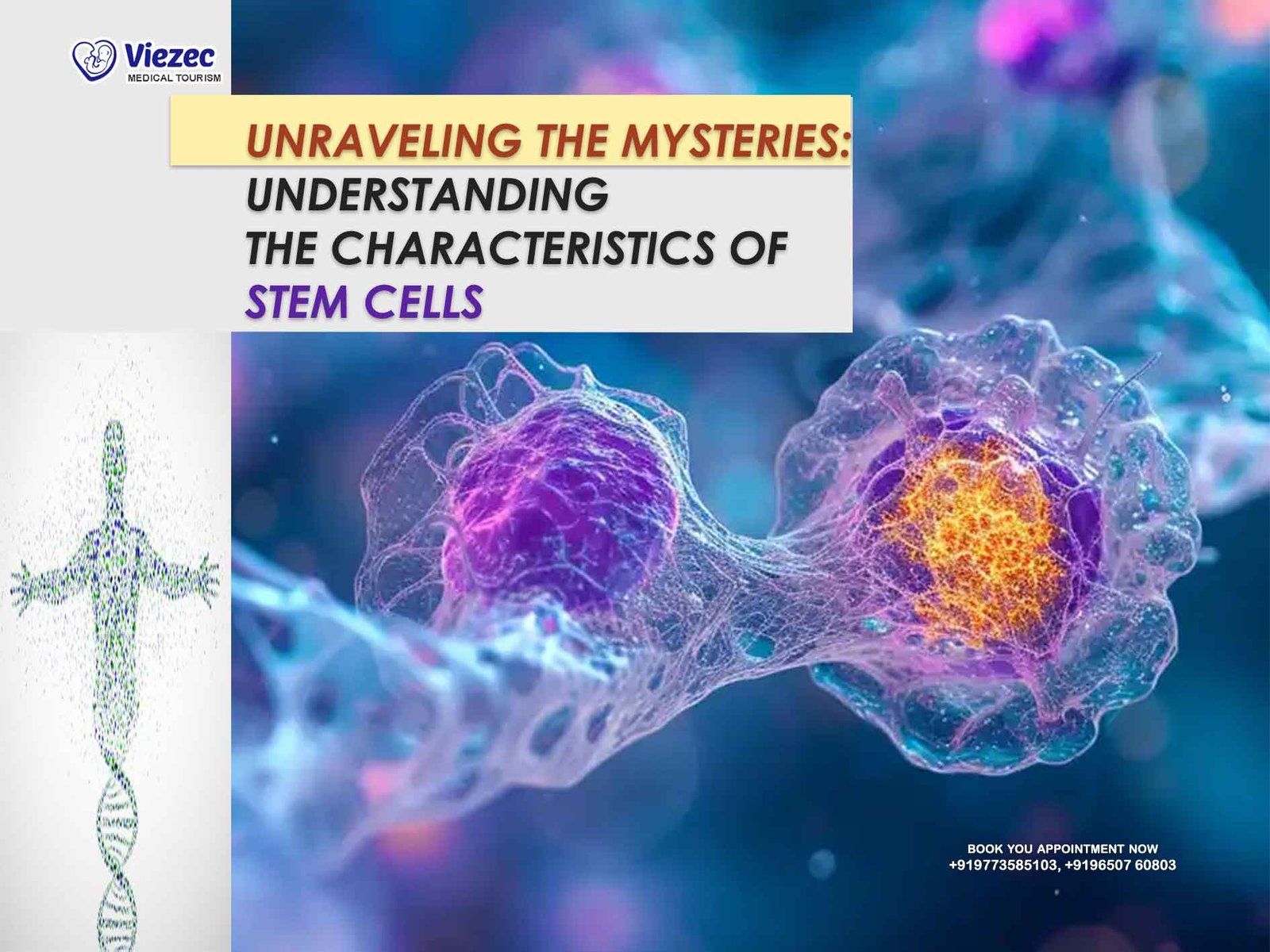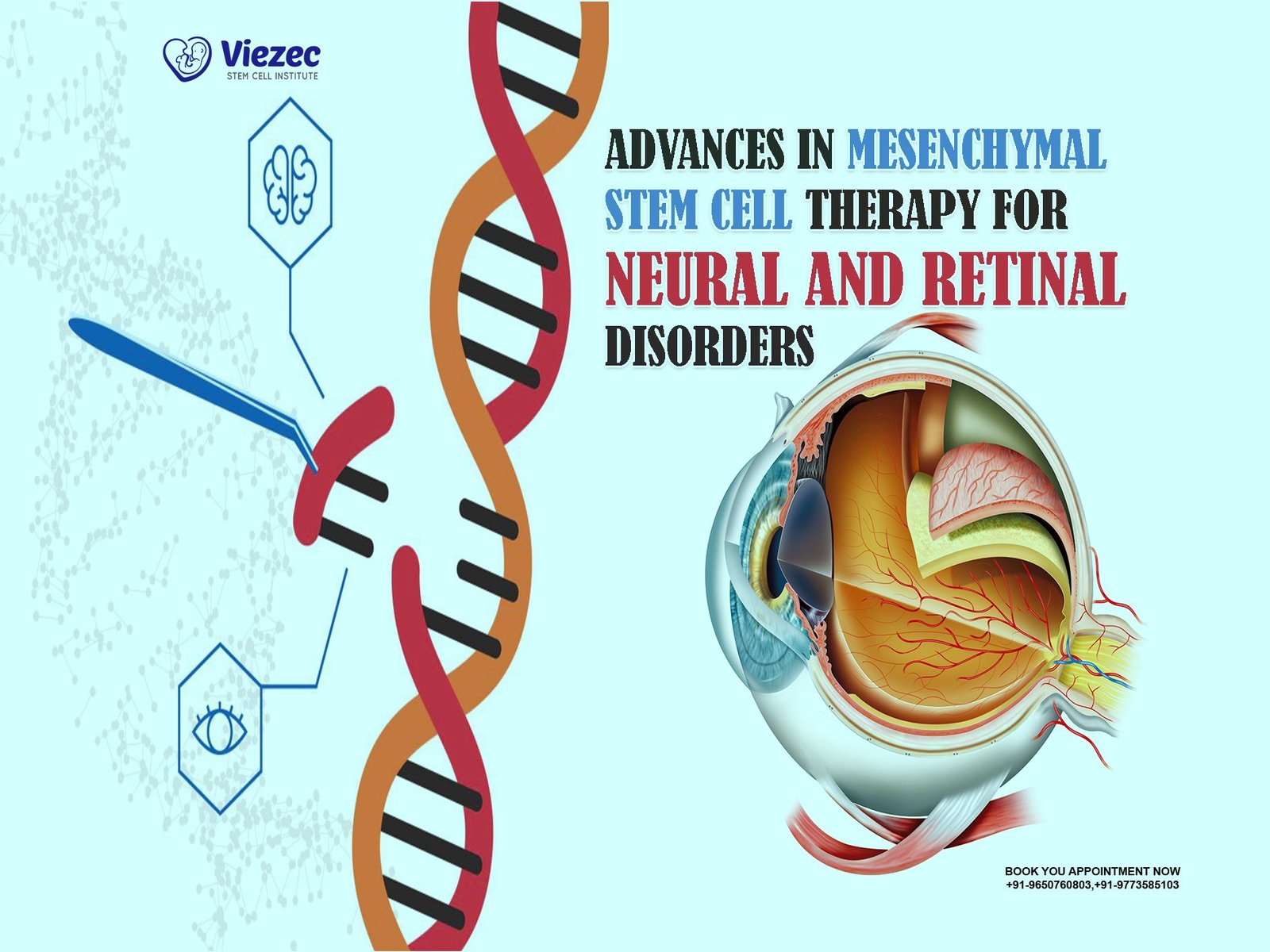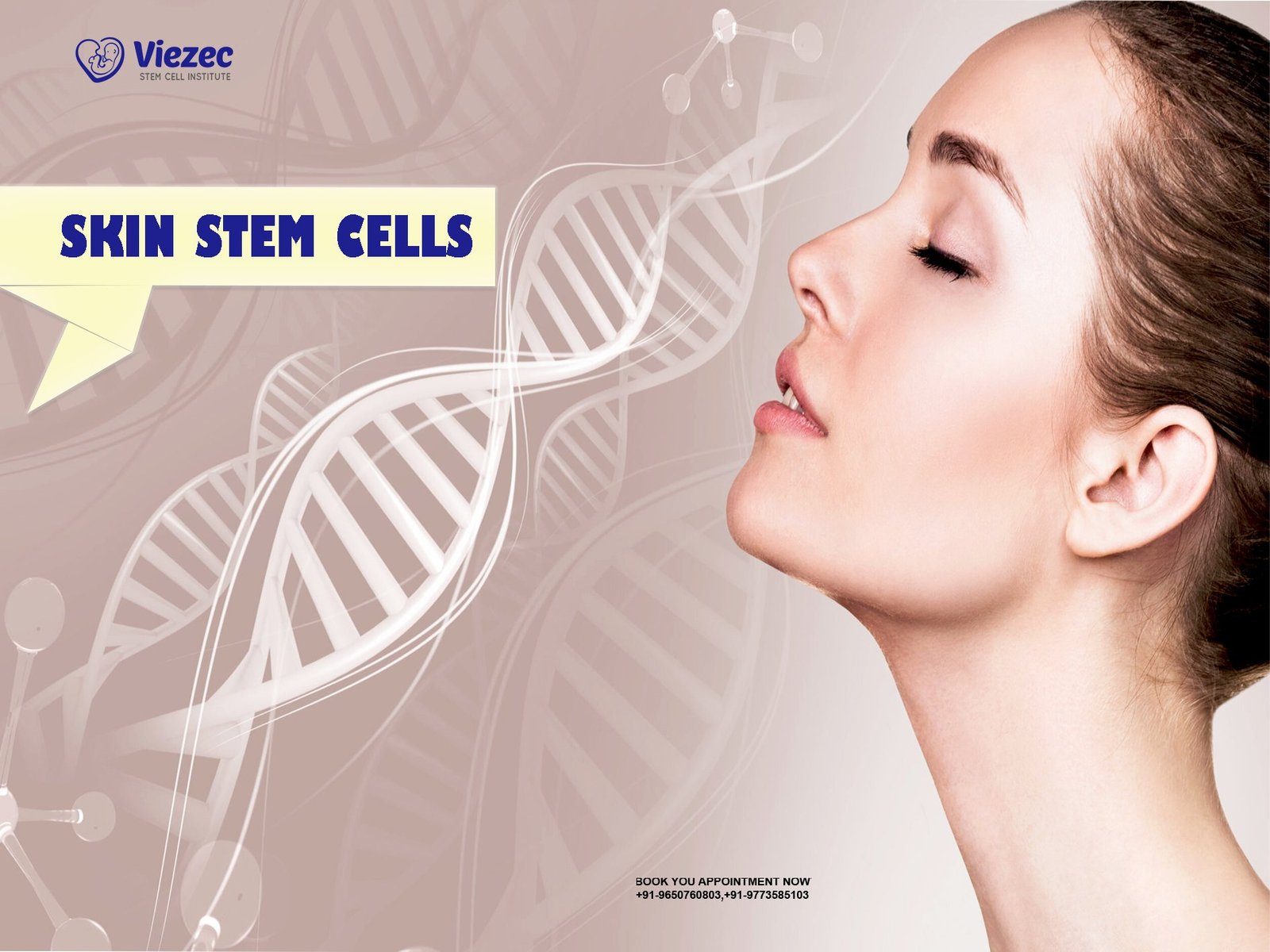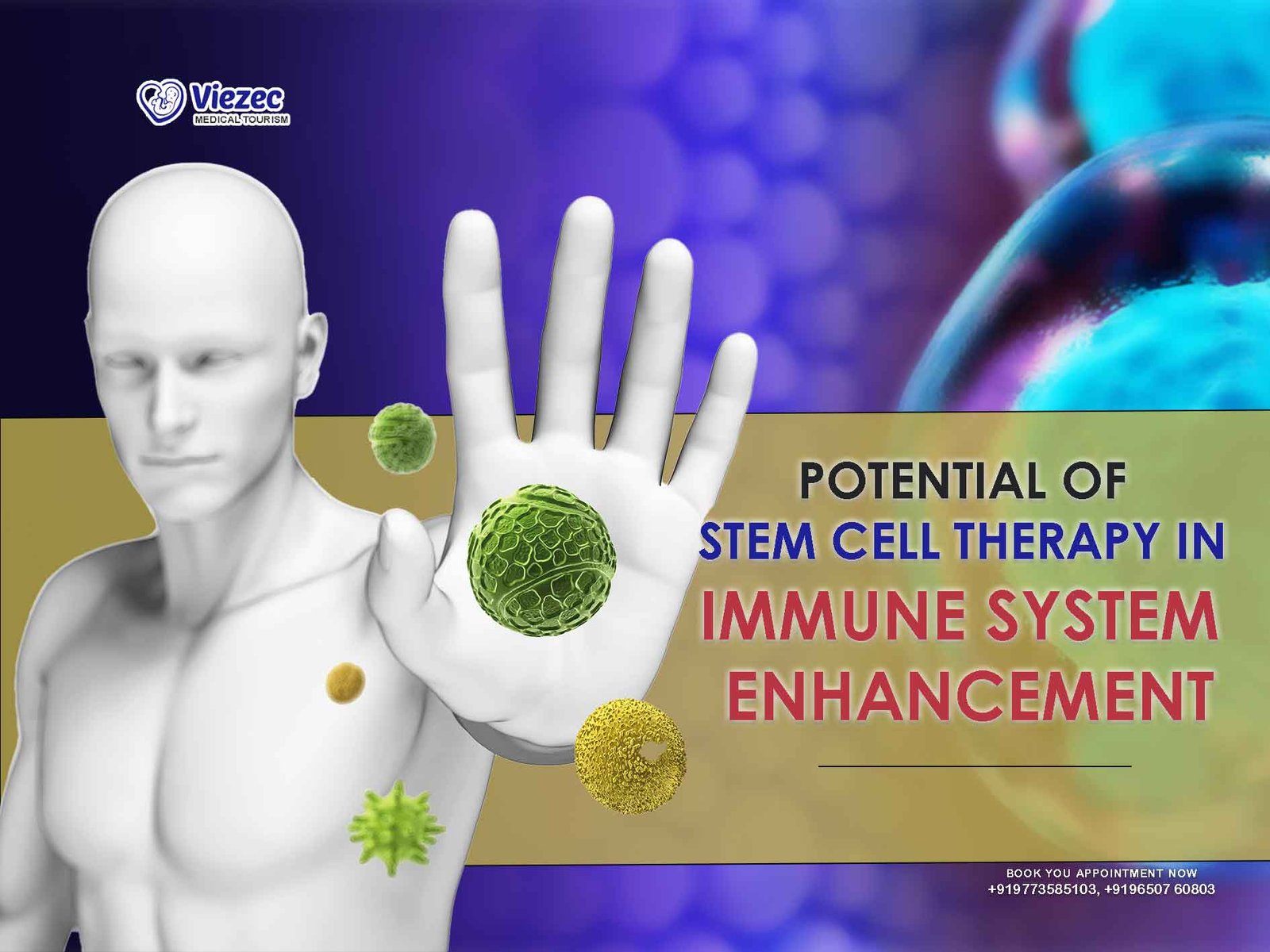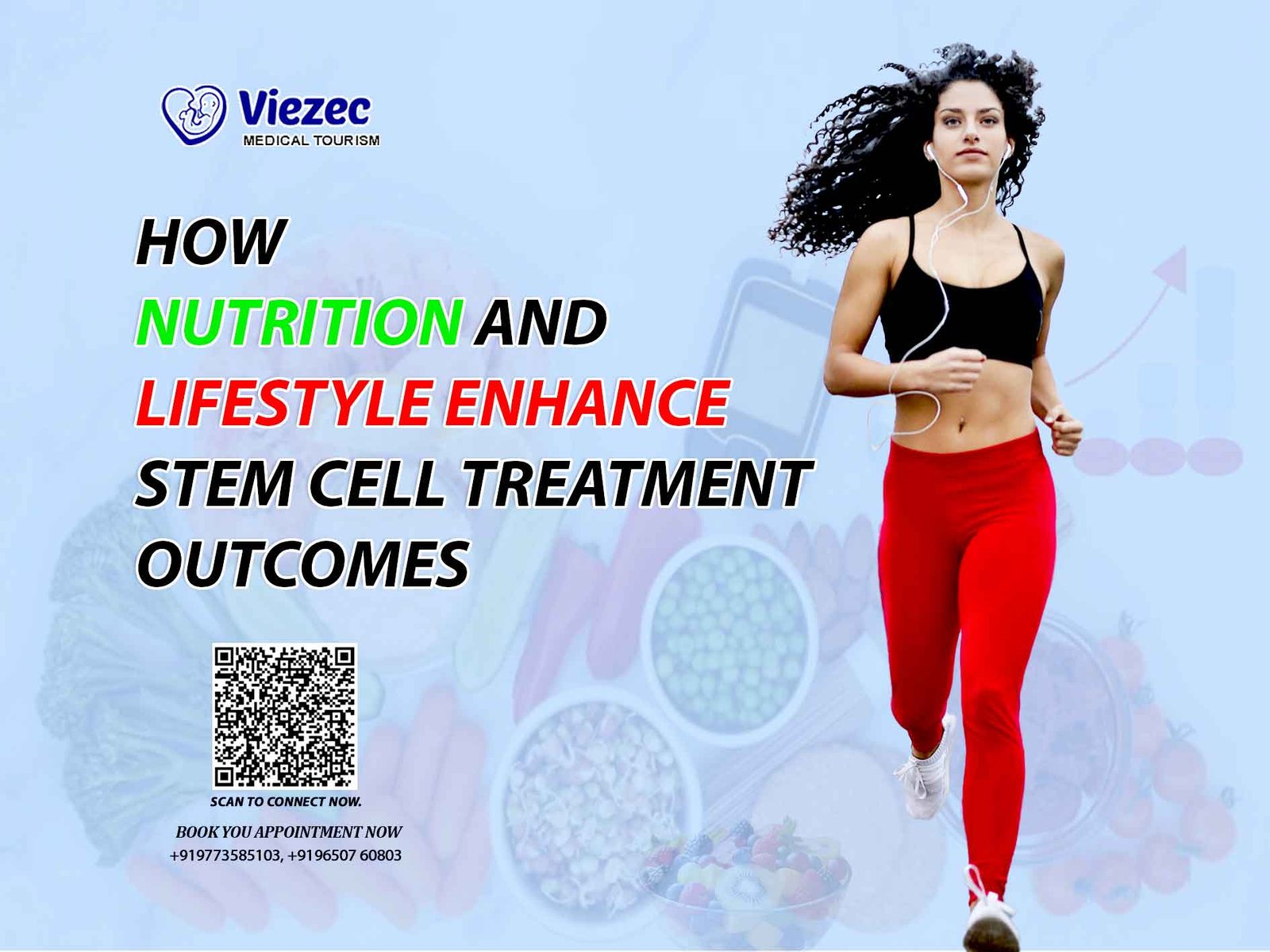In the vast landscape of biology and medicine, few entities hold as much promise and intrigue as stem cells. These remarkable cells possess the unique ability to self-renew and differentiate into a myriad of specialized cell types, making them invaluable tools in both research and clinical applications. Stem cells have captured the imagination of scientists and medical professionals alike, offering unprecedented opportunities to unravel the mysteries of development, disease, and regeneration.
Definition of Stem Cells
Stem cells are defined by their two primary characteristics: self-renewal and potency. Self-renewal refers to the ability of stem cells to divide and produce identical copies of themselves indefinitely, maintaining a constant pool of undifferentiated cells. Potency, on the other hand, describes the range of cell types that a stem cell can differentiate into, from pluripotent cells capable of generating any cell type in the body to multipotent cells with a more limited differentiation potential.
Importance in Biology and Medicine
The importance of stem cells in both biology and medicine cannot be overstated. In developmental biology, stem cells play a central role in the formation and maintenance of tissues and organs throughout the lifespan of an organism. In medicine, stem cells hold immense therapeutic potential for regenerative treatments, disease modeling, drug discovery, and tissue engineering.
Historical Background
The study of stem cells dates back to the mid-19th century when German biologist Ernst Haeckel first proposed the concept of “Stammzellen” or stem cells. However, it wasn’t until the latter half of the 20th century that significant advancements were made in understanding and isolating these elusive cells. The discovery of embryonic stem cells (ESCs) in mice in 1981 by Martin Evans and Matthew Kaufman marked a turning point in stem cell research, paving the way for subsequent breakthroughs in the field.
Classification of Stem Cells
Stem cells can be classified into three main categories based on their origin and differentiation potential: embryonic stem cells (ESCs), adult stem cells (ASCs), and induced pluripotent stem cells (iPSCs).
Embryonic Stem Cells (ESCs)
Derived from the inner cell mass of blastocysts, ESCs are pluripotent stem cells capable of differentiating into any cell type in the body. Their ability to proliferate indefinitely in culture makes them valuable tools for studying early embryonic development and for potential therapeutic applications.
Adult Stem Cells (ASCs)
Also known as somatic or tissue-specific stem cells, ASCs are multipotent stem cells found in various tissues and organs throughout the body. Unlike ESCs, which are capable of differentiating into any cell type, ASCs are limited to generating cell types within their tissue of origin. Despite their more restricted differentiation potential, ASCs play critical roles in tissue homeostasis, repair, and regeneration.
Induced Pluripotent Stem Cells (iPSCs)
Induced pluripotent stem cells are generated by reprogramming adult somatic cells, such as skin cells, into a pluripotent state using a combination of transcription factors. iPSCs closely resemble ESCs in their morphology, gene expression profile, and differentiation potential, offering a potentially limitless source of patient-specific stem cells for regenerative medicine and disease modeling.
Characteristics of Stem Cells
Several key characteristics distinguish stem cells from other cell types and underlie their unique properties and functions.
Self-Renewal
Self-renewal is the hallmark feature of stem cells, allowing them to proliferate indefinitely while maintaining their undifferentiated state. This process is tightly regulated by intrinsic factors such as transcription factors and signaling pathways, as well as extrinsic cues from the cellular microenvironment.
Potency or Differentiation Potential
The potency of stem cells refers to their ability to differentiate into specialized cell types of various lineages. Pluripotent stem cells, such as ESCs and iPSCs, have the highest differentiation potential, while multipotent stem cells, like ASCs, are more lineage-restricted.
Plasticity
Stem cell plasticity refers to their ability to switch between different cell fates or lineages in response to external stimuli or signaling cues. This phenomenon has significant implications for tissue repair and regeneration, as it allows stem cells to adapt to changing environmental conditions and contribute to tissue homeostasis.
Clonogenicity
Clonogenicity refers to the ability of a single stem cell to give rise to a colony of cells in culture. This property is essential for the expansion and propagation of stem cell populations for research and clinical applications.
Proliferation Rate
Stem cells exhibit variable proliferation rates depending on their stage of differentiation and tissue of origin. While ESCs and iPSCs have high proliferation capacities, ASCs generally proliferate at a slower rate due to niche-dependent regulation and quiescent states.
Signaling Pathways and Regulatory Mechanisms
The behavior of stem cells is regulated by a complex interplay of signaling pathways and regulatory mechanisms that govern their self-renewal, differentiation, and fate determination. Key signaling pathways involved in stem cell maintenance include the Wnt, Notch, and Hedgehog pathways, which interact with various transcription factors to orchestrate cellular responses.
Role of Transcription Factors
Transcription factors play a central role in controlling gene expression patterns that dictate stem cell fate and function. These regulatory proteins bind to specific DNA sequences and modulate the transcription of target genes involved in self-renewal, proliferation, and differentiation.
Environmental Cues and Cellular Microenvironment
The cellular microenvironment, or stem cell niche, plays a crucial role in regulating stem cell behavior by providing physical, chemical, and mechanical cues that influence their fate decisions. Interactions with neighboring cells, extracellular matrix (ECM) components, and soluble factors within the niche help maintain stem cell homeostasis and function.
Epigenetic Modifications
Epigenetic modifications, such as DNA methylation, histone modifications, and chromatin remodeling, play a critical role in regulating stem cell identity and function. These reversible modifications modulate gene expression patterns without altering the underlying DNA sequence, allowing stem cells to dynamically respond to environmental cues and developmental signals.
Stem Cell Niches
Stem cell niches are specialized microenvironments within tissues that provide a supportive milieu for stem cell maintenance and regulation. These niches are composed of various cell types, including stromal cells, endothelial cells, and immune cells, as well as ECM components and soluble factors that collectively influence stem cell behavior.
Microenvironmental Factors
Microenvironmental factors, such as oxygen tension, pH, and nutrient availability, also play critical roles in shaping stem cell fate and function. Perturbations in these environmental parameters can have profound effects on stem cell behavior, leading to alterations in proliferation, differentiation, and self-renewal capacities.
Cellular Interactions
Cellular interactions within the stem cell niche, including cell-cell contacts and paracrine signaling, play a crucial role in regulating stem cell behavior and fate determination. Crosstalk between stem cells and their niche components helps maintain tissue homeostasis and coordinate responses to physiological and pathological stimuli.
Extracellular Matrix (ECM) Composition
The ECM is a complex network of proteins and polysaccharides that provides structural support and biochemical cues for cells within tissues. In the stem cell niche, ECM composition and organization play critical roles in modulating stem cell adhesion, migration, and differentiation through interactions with cell surface receptors and signaling pathways.
Applications of Stem Cells
The unique properties of stem cells have led to a wide range of applications in regenerative medicine, disease modeling, drug discovery, and tissue engineering.
Regenerative Medicine
Stem cell-based therapies hold great promise for treating a variety of degenerative diseases and injuries, including Parkinson’s disease, spinal cord injury, heart disease, and diabetes. By harnessing the regenerative potential of stem cells, researchers aim to repair damaged tissues and restore lost function in patients.
Disease Modeling
Stem cells provide valuable tools for modeling human diseases in vitro, allowing researchers to study disease mechanisms, screen potential therapeutics, and develop personalized treatment strategies. Patient-specific iPSCs, in particular, enable the generation of disease-relevant cell types for studying genetic disorders, neurodegenerative diseases, and cancer.
Drug Discovery and Screening
Stem cell-based assays offer an alternative approach to traditional drug discovery methods, allowing for more accurate prediction of drug efficacy, toxicity, and side effects. By using stem cell-derived tissues and organoids, researchers can evaluate drug candidates in physiologically relevant contexts and identify potential drug targets for therapeutic intervention.
Tissue Engineering
Stem cells are instrumental in tissue engineering approaches aimed at generating functional tissues and organs for transplantation. By combining stem cells with biomaterials and bioengineering techniques, researchers can create tissue-engineered constructs that mimic the structure and function of native tissues, offering new avenues for treating organ failure and tissue loss.
Challenges and Ethical Considerations
Despite their immense potential, stem cell-based therapies face several challenges and ethical considerations that must be addressed to ensure their safe and effective translation into clinical practice.
Immunogenicity
Another challenge is the potential for immune rejection of transplanted stem cells or their derivatives. Allogeneic stem cell therapies, which involve using stem cells from a donor, can elicit immune responses in recipients, leading to graft rejection and the need for immunosuppressive drugs.
Ethical Issues Surrounding ESCs
The use of embryonic stem cells (ESCs) has sparked ethical debates due to concerns about the destruction of human embryos and the potential for exploitation of egg donors. Although the development of alternative methods, such as iPSCs, has mitigated some of these ethical concerns, ethical considerations remain a significant barrier to the widespread adoption of stem cell-based therapies.
Current Research Trends and Future Directions
Despite these challenges, stem cell research continues to advance at a rapid pace, driven by technological innovations, interdisciplinary collaborations, and a growing understanding of stem cell biology.
Advancements in Stem Cell Therapy
Recent advancements in stem cell therapy include the development of novel differentiation protocols, improved methods for cell delivery and engraftment, and the use of gene editing technologies to enhance the safety and efficacy of stem cell-based treatments. Clinical trials evaluating the safety and efficacy of stem cell therapies for a wide range of diseases are underway, offering hope for patients with unmet medical needs.
Emerging Technologies
Emerging technologies, such as single-cell sequencing, organoid culture, and organ-on-a-chip systems, are revolutionizing the field of stem cell research by providing new insights into stem cell behavior and tissue development. These technologies enable researchers to study complex biological processes with unprecedented resolution and precision, paving the way for the development of more effective stem cell-based therapies.
Regulatory Landscape and Policy Implications
The regulatory landscape surrounding stem cell research and therapy is complex and varies widely between countries and regions. In the United States, the Food and Drug Administration (FDA) regulates the development and approval of stem cell-based products, while in Europe, the European Medicines Agency (EMA) oversees the approval process. Ethical guidelines and regulations governing the use of stem cells also differ between countries, reflecting cultural, religious, and societal values.
Stem cells hold immense promise for revolutionizing medicine and biology, offering new insights into development, disease, and regeneration. However, realizing the full potential of stem cell-based therapies will require addressing technical challenges, ethical concerns, and regulatory barriers to ensure their safe and effective translation into clinical practice. With continued research and collaboration, stem cells have the potential to transform healthcare and improve the lives of millions of people worldwide.

